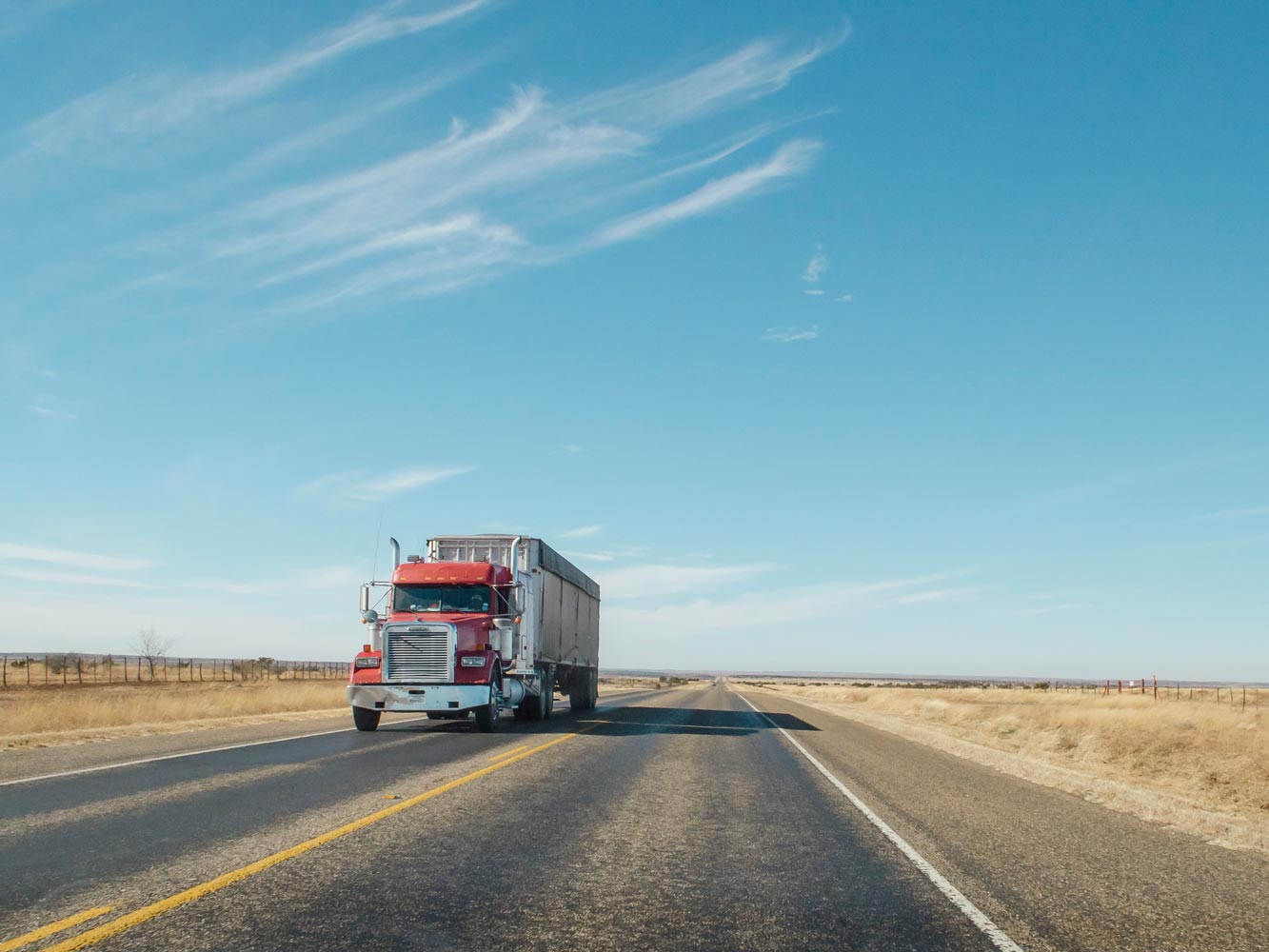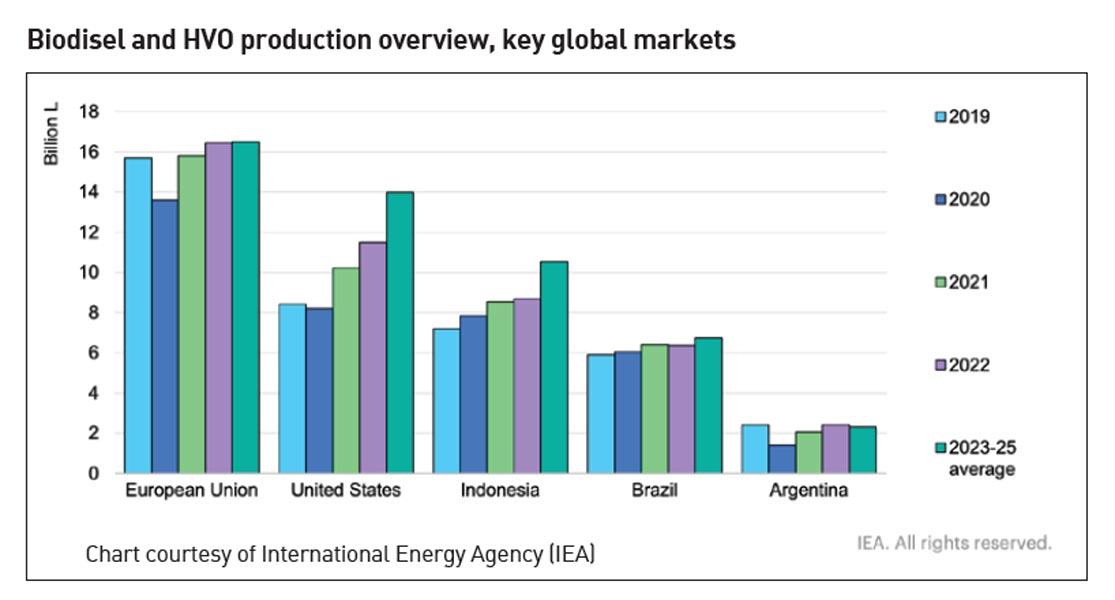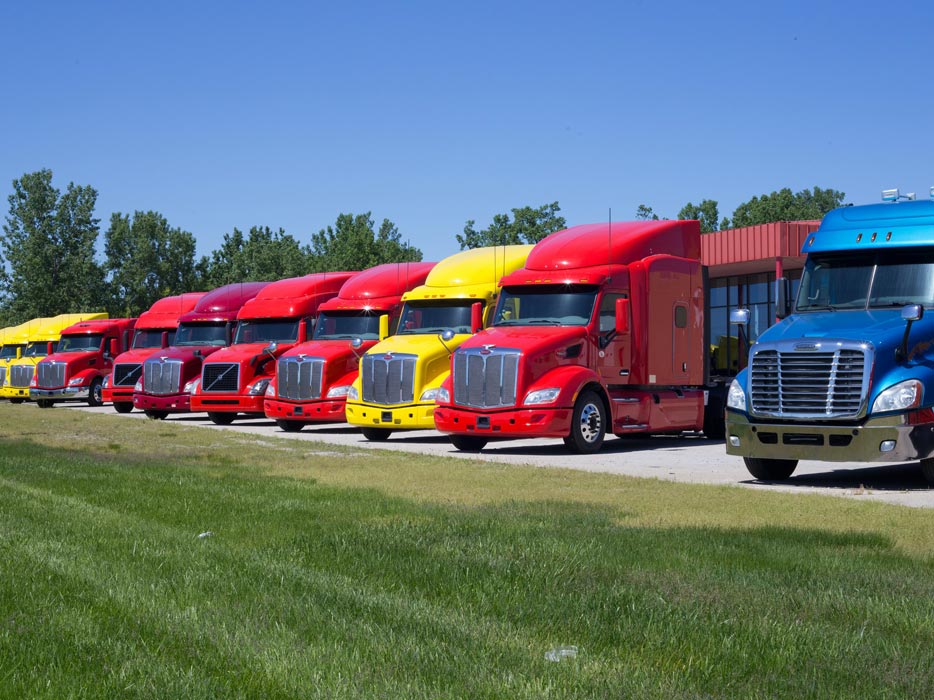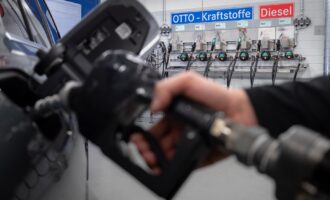
Diesel technology to dominate heavy-duty transport until 2040
Despite growing admiration of electric vehicles, diesel is still a force to be reckoned with in heavy-duty vehicles, says Allen Schaeffer, executive director at the Diesel Technology Forum, at the 2021 National Biodiesel Conference & Expo held virtually early this year. Diesel engines offer unmatched power density, extended driving ranges, an array of vehicle types and configurations, and advances in environmental performance — with future commitments to near-zero emissions. Three-quarters of all commercial vehicles in the United States are diesel-powered and 97% of over-the-road class 8 big rig trucks. IHS Markit believes diesel technology will continue to dominate the heavy-duty transport sector to 2040, albeit with share decreasing over time. 43% of diesel commercial vehicles are already operating on the newest generation of advanced/cleaner diesel technology, a 6.8% rise on the previous year.
Biodiesel blends can be used in any diesel vehicle — legacy and new — without modification and can reduce emissions by 80% compared with petroleum diesel, says Jennifer Weaver, OEM market development manager at the National Biodiesel Board (NBB), a U.S. trade association representing biodiesel producers. Most OEMs support B20 biodiesel blends, with many already evaluating higher blends of B40 and above, she says. With immediate access to a nationwide global refuelling infrastructure, there is no need for costly new vehicle or infrastructure investments.
According to the International Energy Agency (IEA), global biodiesel and hydrotreated vegetable oil (HVO) production reached 48 billion litres globally in 2019. Production is expected to contract by around 5% to 46 billion litres in 2020, with most of the reduction in European markets, because of lower demand due to the global Covid-19 pandemic.
European production is expected to bounce back in 2021, which, combined with ongoing growth in the Association of Southeast Asian Nations (ASEAN) and the United States, causes global output to reach 53 billion litres in 2021 and 56 billion litres by 2022. Over 2023-25, average output is anticipated to be 63 billion litres, 30% higher than the 2019 level. Expanding HVO production in Singapore and the United States accounts for more than half of this increase.
Weaver presented data from the California Air Resources Board (CARB) that demonstrated biodiesel has the lowest carbon density of any liquid fuel, substantially lower than liquified natural gas (LNG). The research also indicated that the carbon intensity was substantially lower than electrification — although this figure is perhaps slightly disingenuous as the data was based on electricity from a coal-fired Diesel technology to dominate heavy-duty transport until 2040 power plant. According to the U.S. Energy Information Administration (EIA), 63% of electricity generation in 2020 was from fossil fuels, but only 19% came from coal. With solar and wind the fastest-growing energy sectors, the grid will become increasingly greener over time. Nonetheless, biodiesel can improve emissions for legacy vehicles in the immediate term.
There is no doubt that the earth’s temperature is warming. The year 2020 was one of the three warmest years on record. The average global temperature reached 14.9 degrees Celsius, just over one degree Celsius above pre-industrial levels. While a one-degree temperature rise might seem inconsequential, small fluctuations in temperature can inflict large changes to the environment. The warmest six years on record have all occurred since 2015, according to the World Meteorological Organisation. This provides a stark reminder of the reality of climate change.
The Intergovernmental Panel on Climate Change (IPCC), which includes more than 1,300 scientists from throughout the globe, forecasts a catastrophic temperature rise of 2.5 to 10 degrees Fahrenheit over the next century.
When evaluating emission reduction strategies, it is important to consider both the amount of reduction and when that reduction occurs. The heating impact of emissions is cumulative, and we have a limited time to reduce them. Carbon reductions that occur now are of significantly more value than in the future, says Weaver. The time value of carbon is key and the next decade is critical, she says. Weaver offered her thoughts on emissions reduction during a discussion on the “Changing Landscape For Diesel Vehicles.”

We should value emissions reductions no matter how they come, says Schaeffer. The Diesel Technology Forum representative said that biodiesel and renewable diesel carbon dioxide reductions in California exceeded those from electrified cars, trucks, and buses by almost four to one in 2019. It takes a diesel engine to realise these benefits, he says.
The future of the diesel engine and the growth of low carbon fuels such as biodiesel are threatened by a politically driven climate, says Schaeffer. Mandates on electric vehicles, government, and OEM incentives are shifting investment to non-diesel alternatives, he says. For some, it is difficult to overlook the lingering reputational impact of dieselgate — the Volkswagen emissions cheating scandal that was uncovered in 2015 — despite its prevalence in light-duty vehicles. Some policymakers have also cast doubts on the real-world performance of biodiesel, says Shaeffer.
Schaeffer believes bans and negative restrictive policies targeting internal combustion engines will be detrimental to the success of new technology and achieving public policy goals. Markets and customers should have an array of fuel and technology choices and diesel/renewable fuels are one of them. When combined with the latest technology, biodiesel provides an unbeatable combination to deliver carbon reductions now, he says.
Schaeffer suggests the next four years will be the most consequential in history when it comes to setting the future direction for mobility, infrastructure, vehicles, and fuels and NBB intends to ensure biodiesel and renewable diesel are part of that story. The near-term benefits offer a strong message — and we intend to tell it, he says.

NBB released its industry vision in 2020. It intends biodiesel, renewable diesel, and renewable jet fuel to be recognised as a mainstream low-carbon fuel option in off-road, on-road, air transportation, electricity generation, and home heating applications. The organisation projects use will exceed six billion gallons by 2030, which equates to an annual CO2 emissions reduction of 35 million metric tons. Long term, the organisation anticipates volumes will reach 15 billion gallons (56 billion litres) in 2050 alongside advancements in feedstock.
Dominic DiCicco, manager, environmental and energy policy at Ford Motor Company outlined various solutions to reduce CO2 emissions, including options for B20 biodiesel. Ford and NBB have co-funded research at the University of Michigan that explores potential real-world CO2 reductions when engines are fueled with a biodiesel blend. The study leverages the low-sooting property of biodiesel to adjust the calibration to improve efficiency.
Dr. Wayne Eckerle, vice president of global research and technology at U.S.-based engine manufacturer Cummins Inc., believes renewable biosynthetic fuels are an important bridge to zero emissions. B20 biodiesel blends are approved for use in most Cummins on-highway, off-highway, and high horsepower engines. Cummins, which manufactures more than a million engines and powertrains per year, is currently assessing compatibility with higher blends.
Moving forward we will see a mix of technologies, says Eckerle. Compression ignition (CI) engines will continue to play an important role in the path to zero emissions. However, as NOx requirements tighten, diesel without electrification will find it very difficult to meet those emissions, he says.








